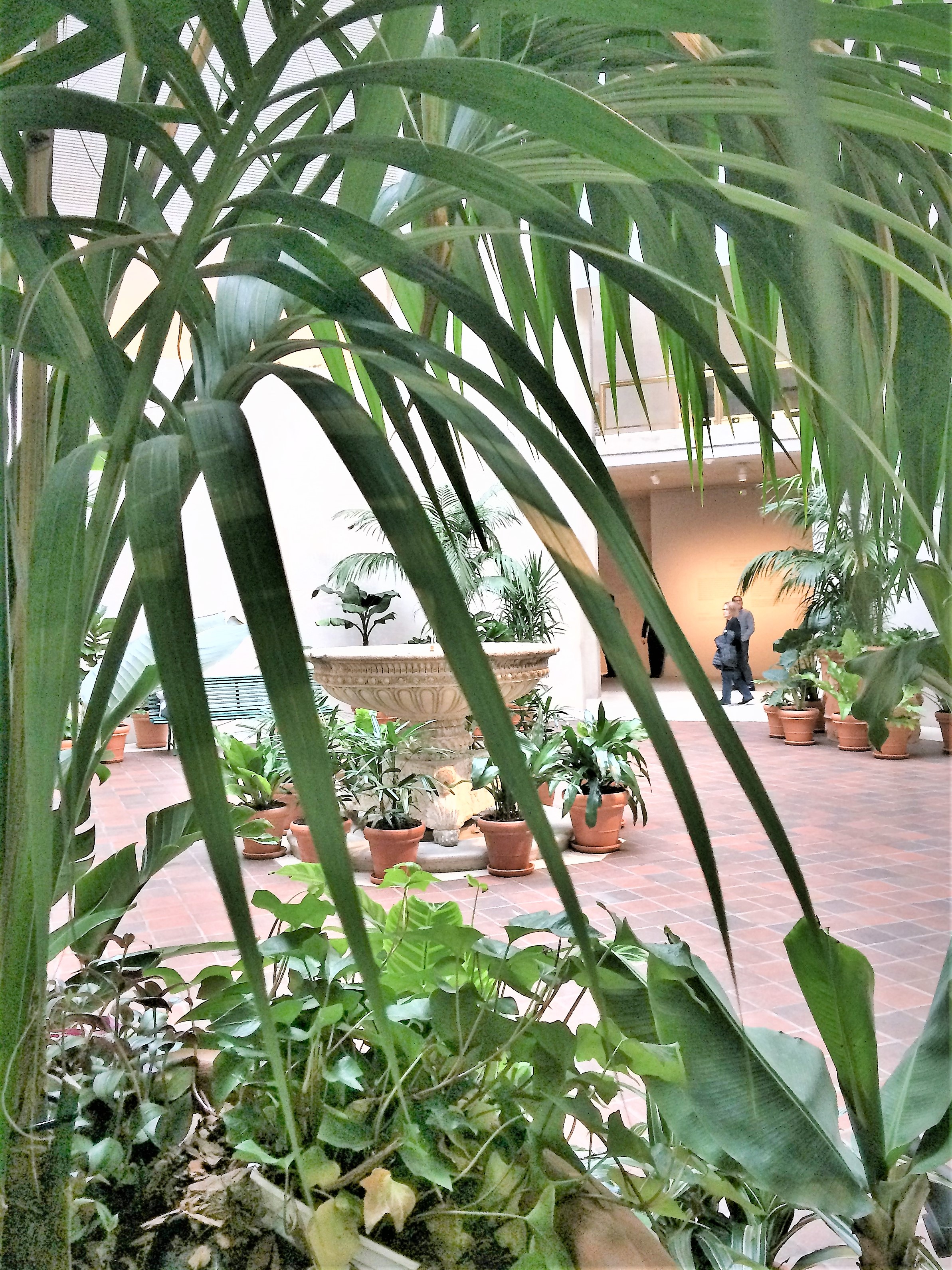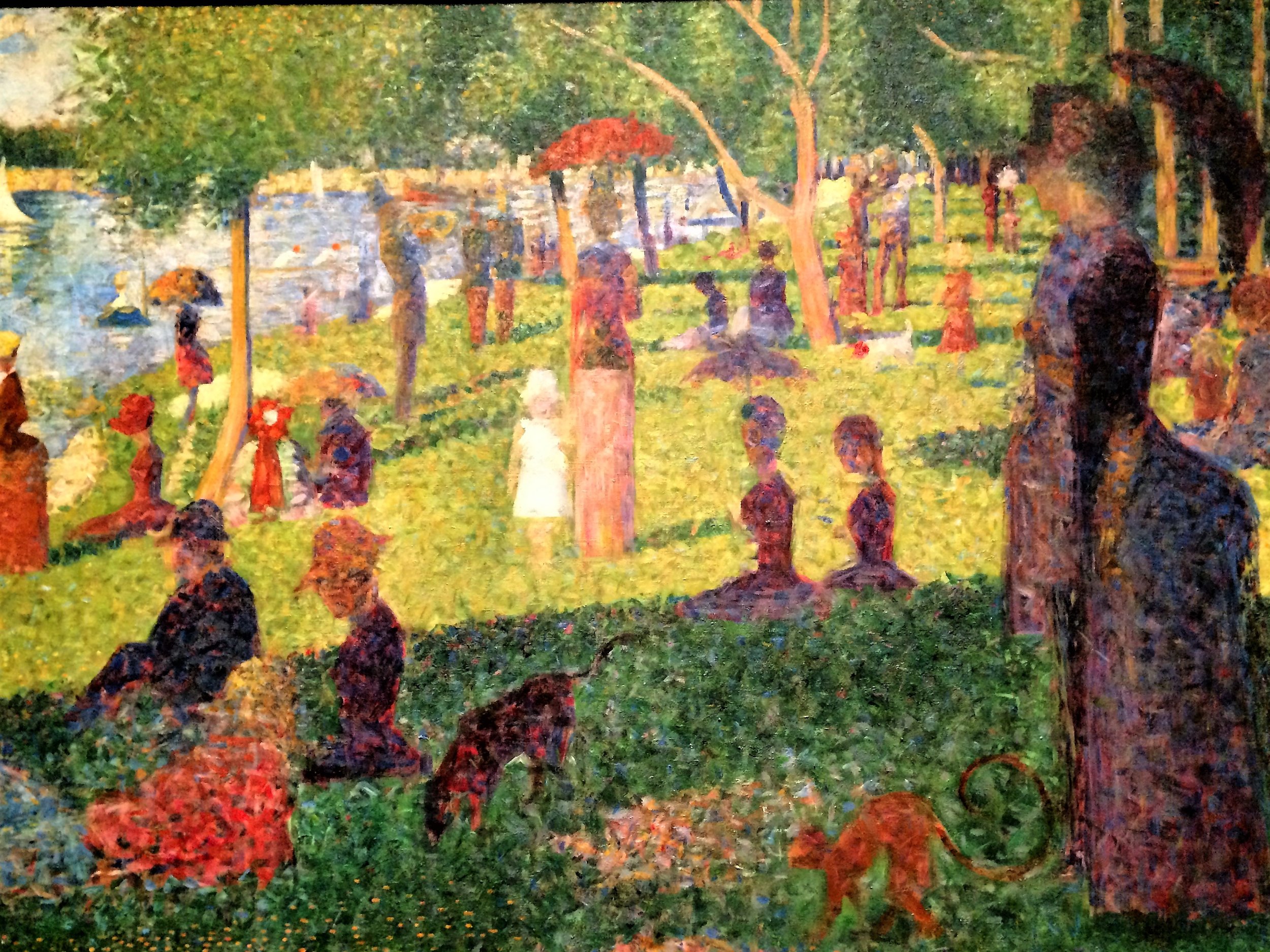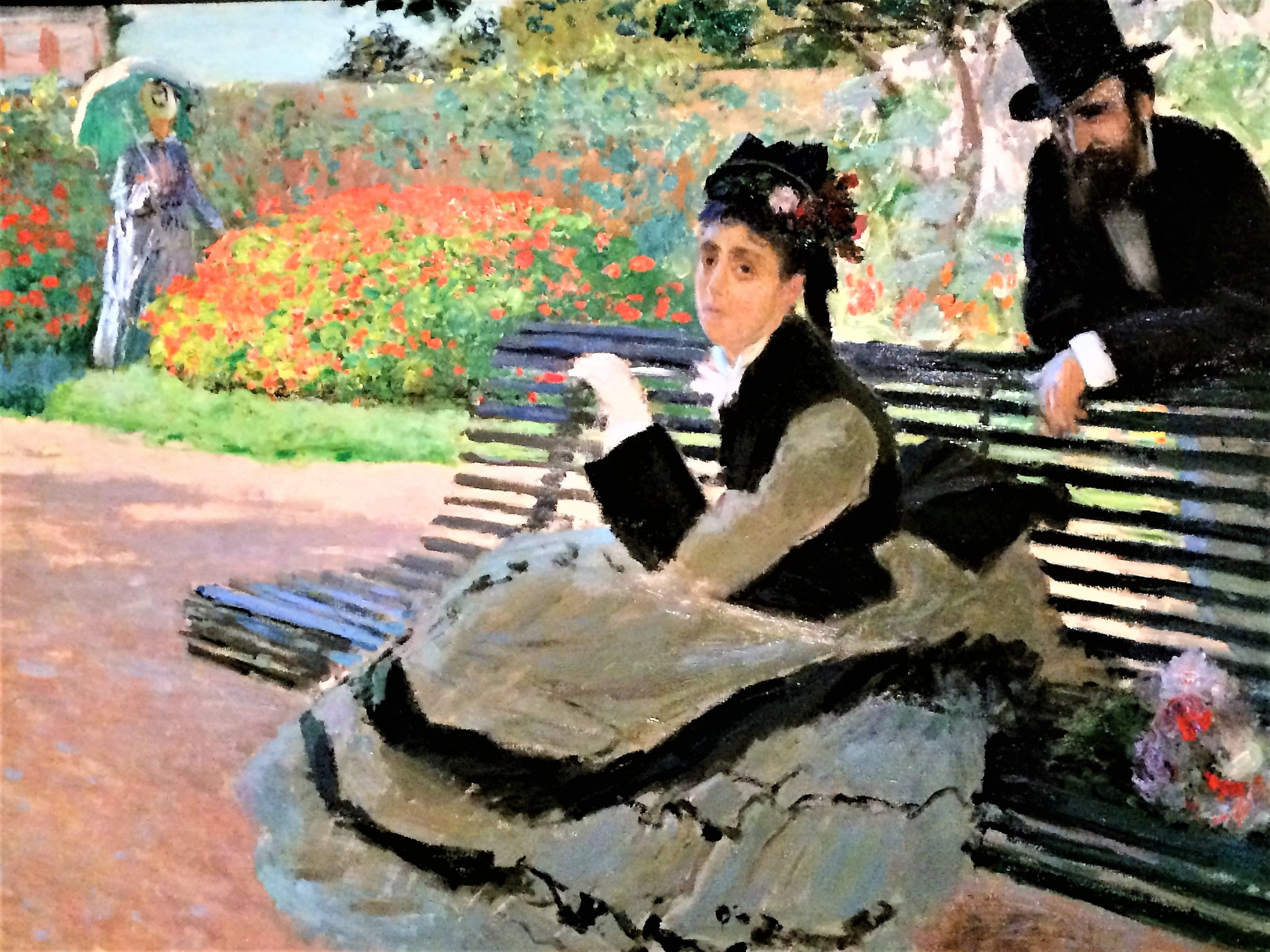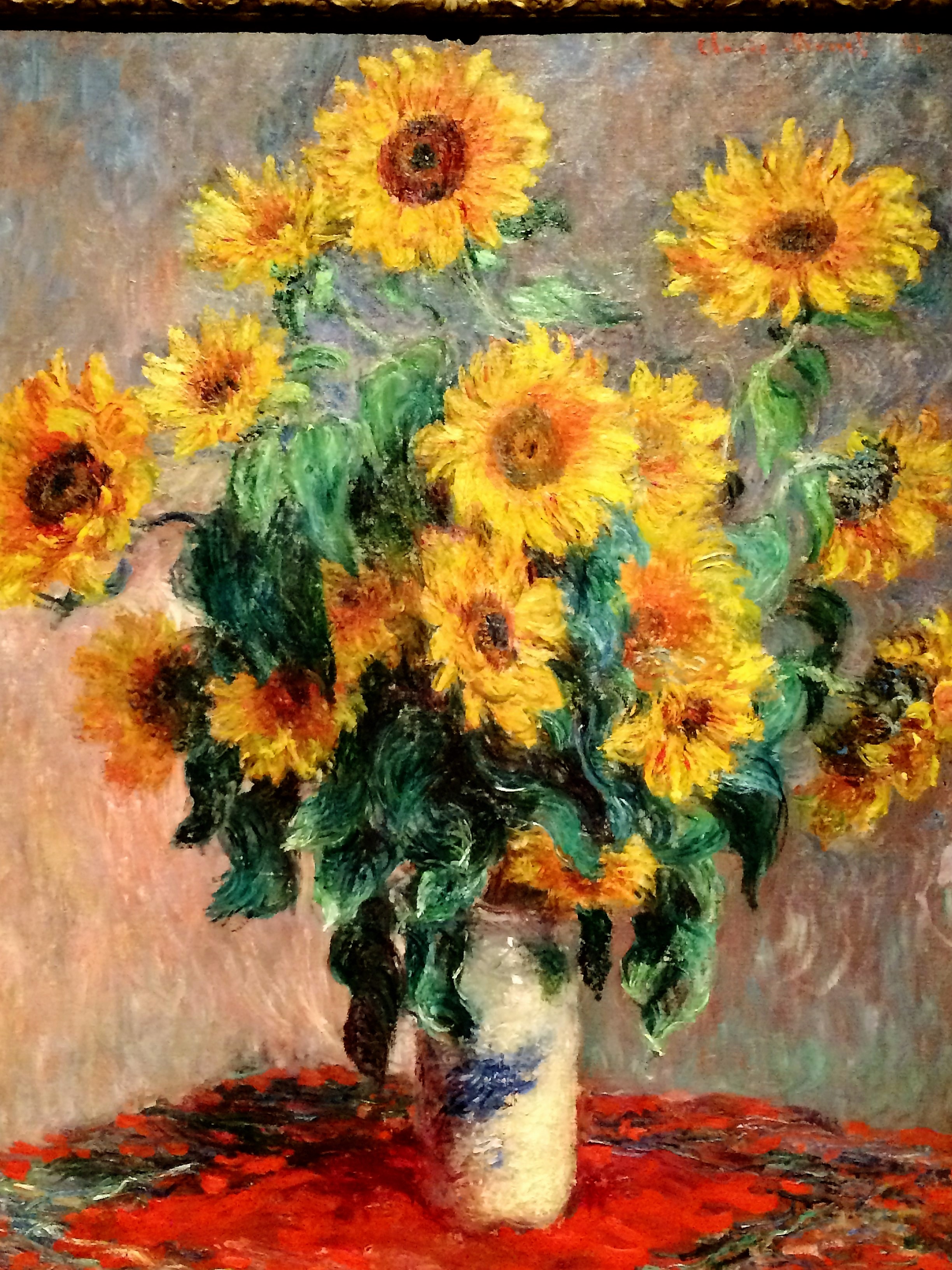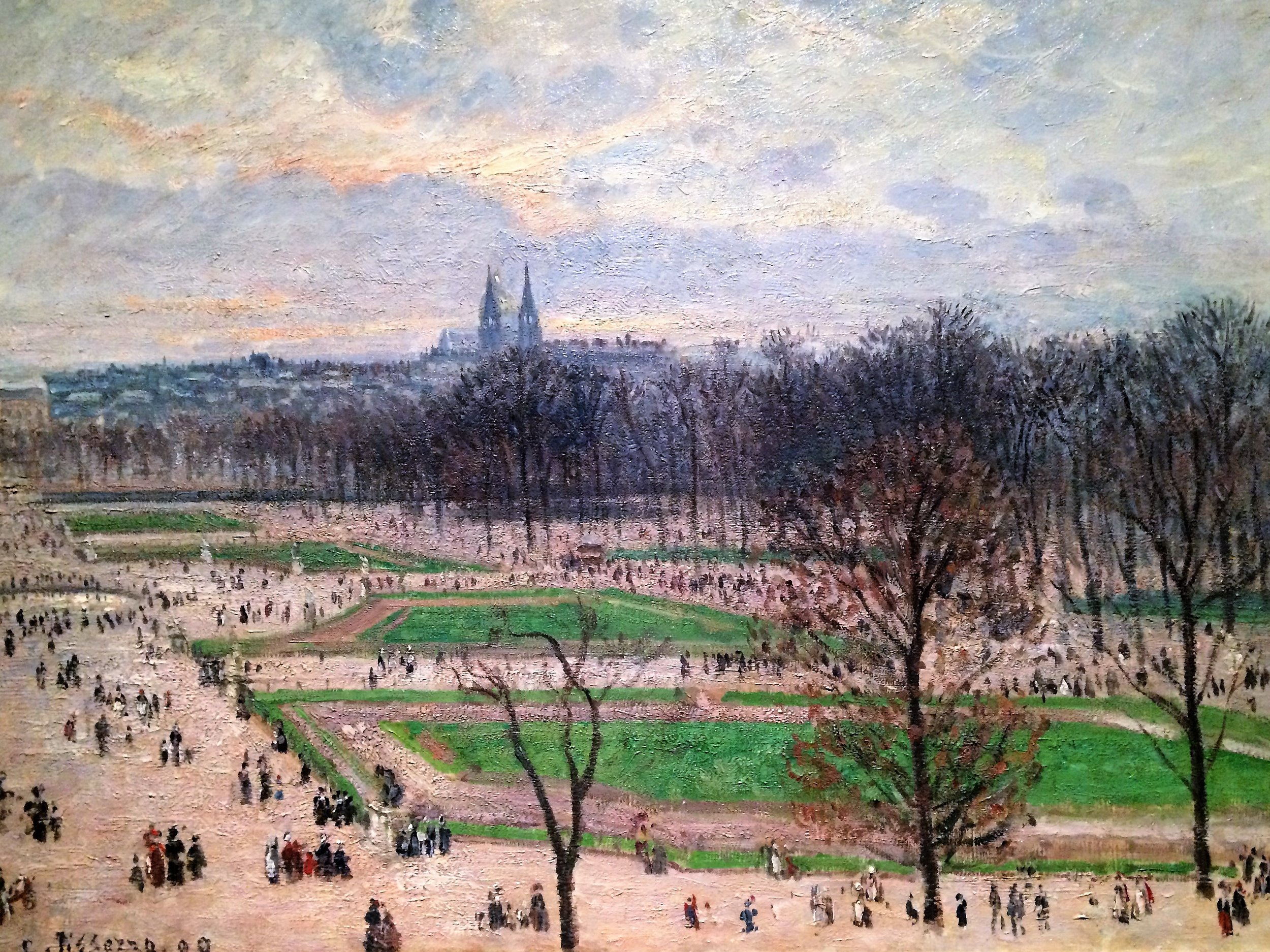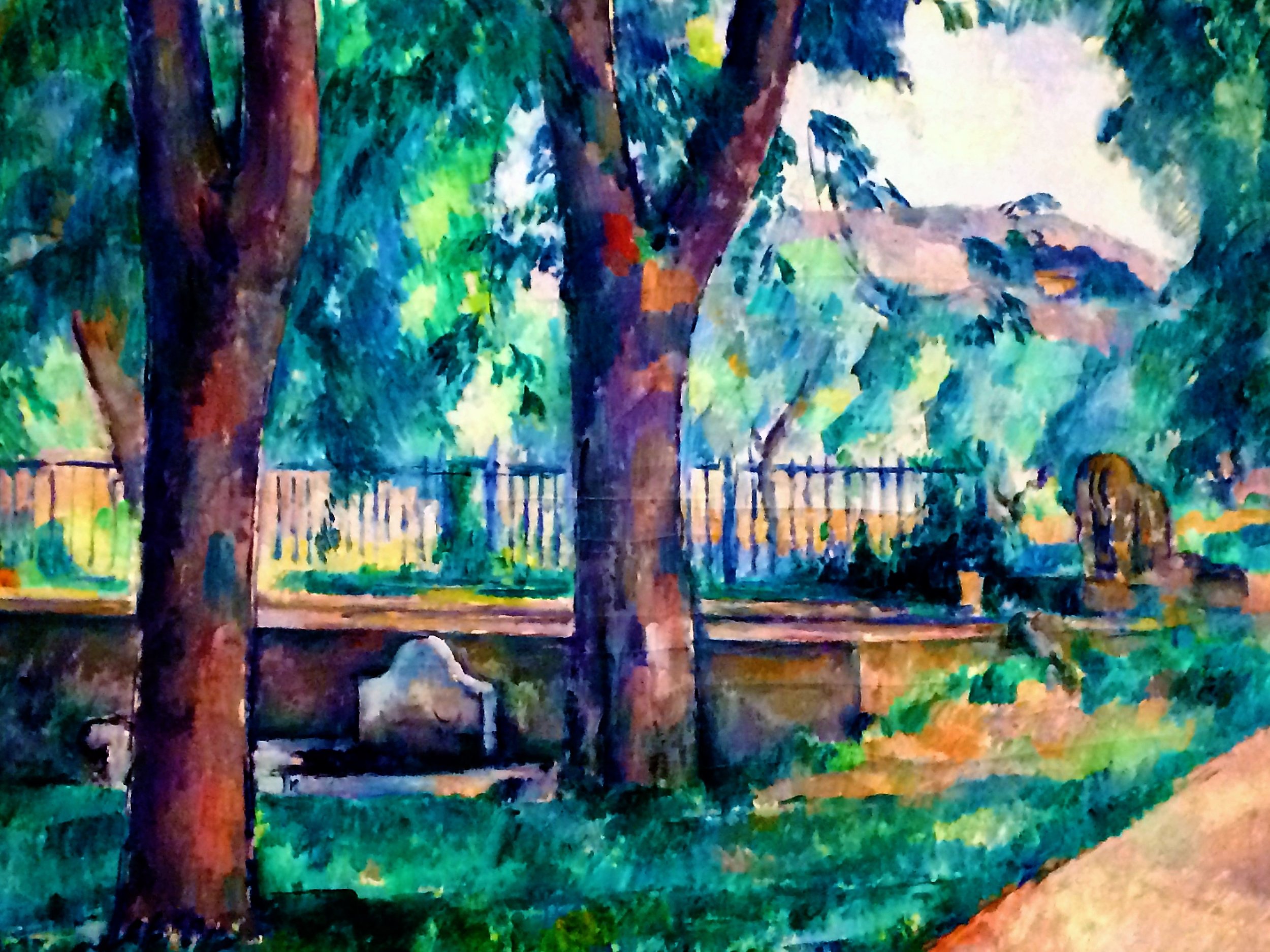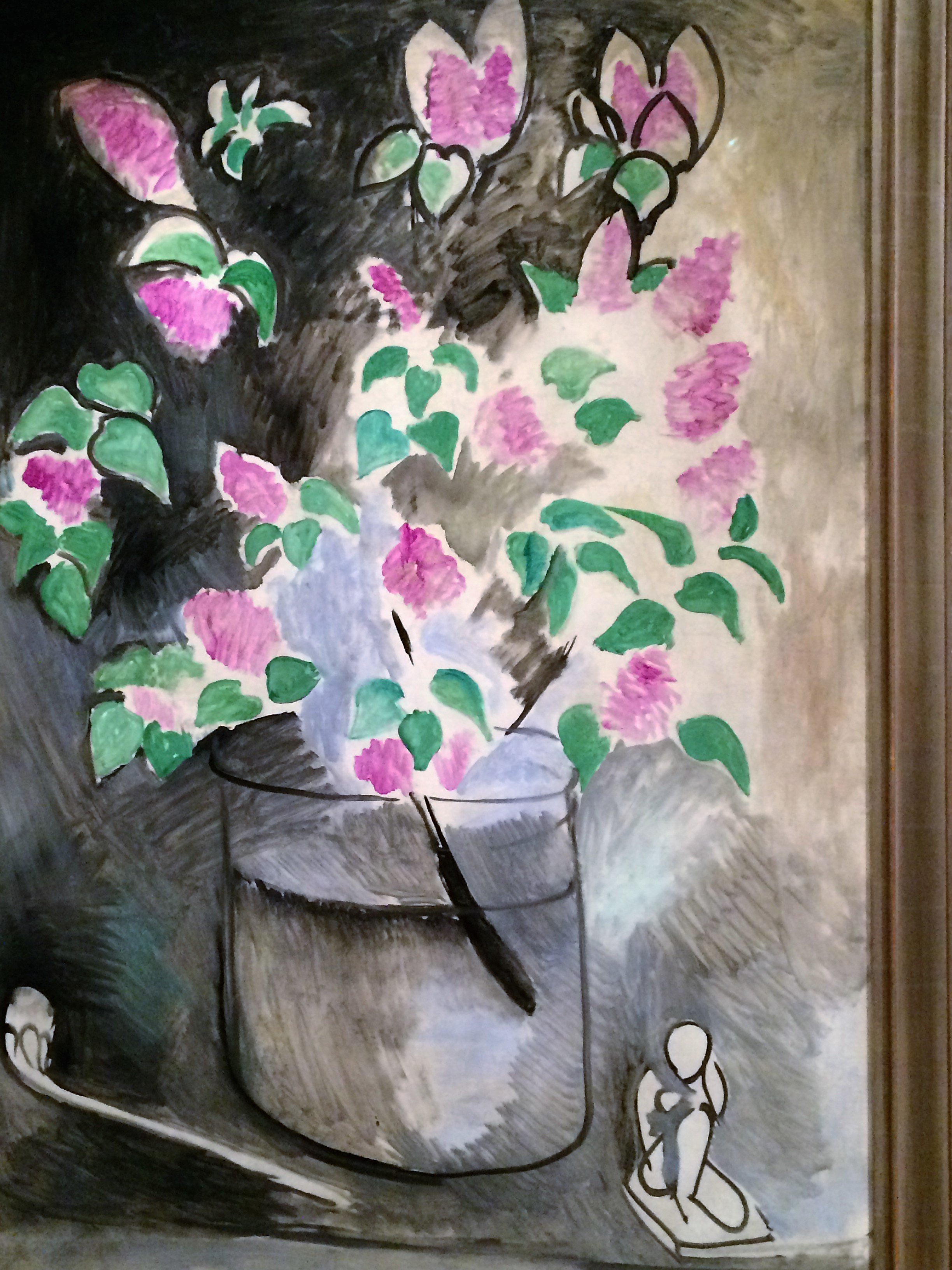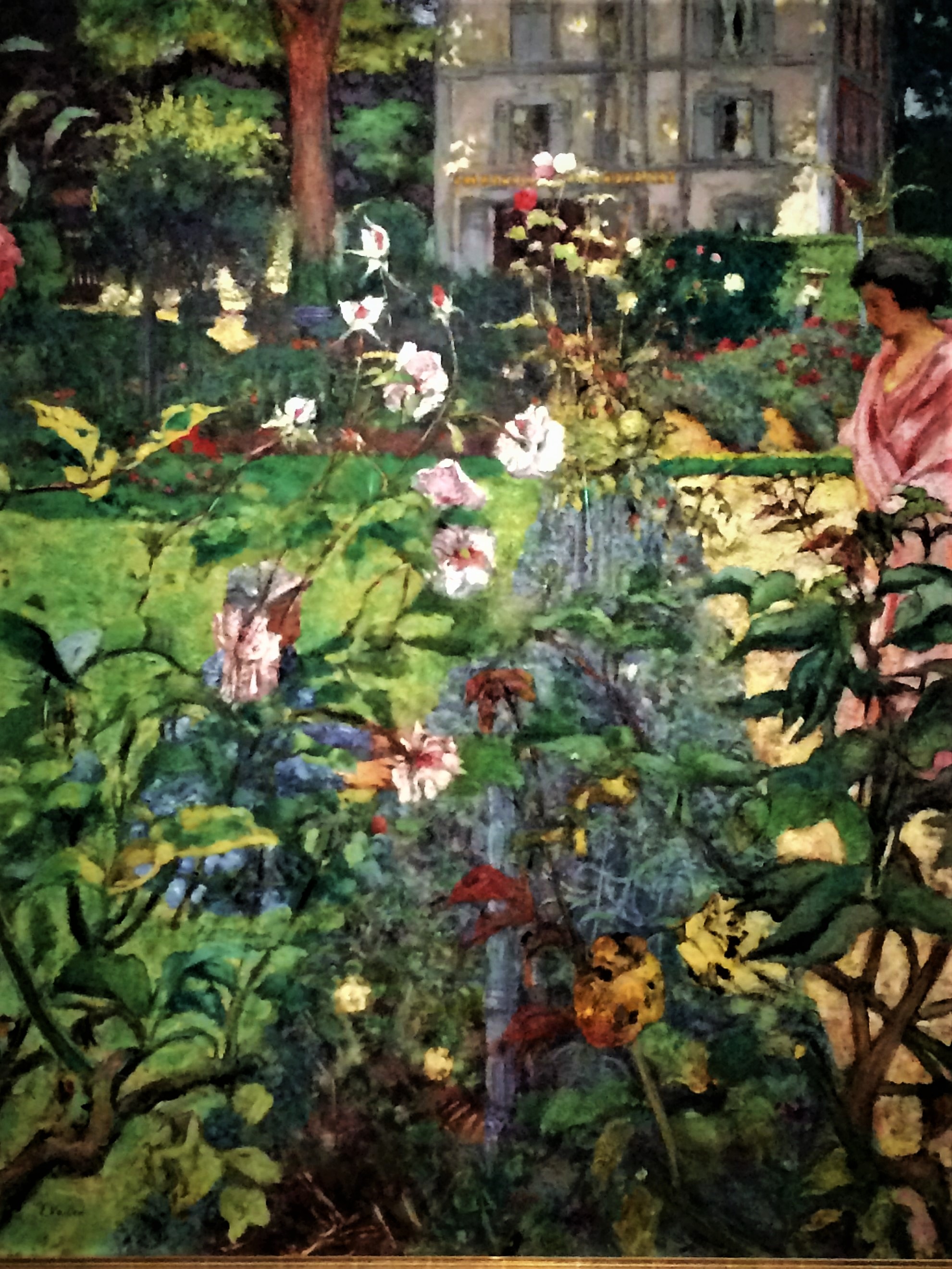MET FIFTH: From Paris to Provence
Gustave Caillebotte: The Parc Monceau 1877
Are you longing for Spring? Tired of winter-grey skies and the dreary parkas scurrying by? Take it from me, it won’t be long in coming. I've seen the signs. For starters, last week the calendar was reminding me to change the clocks from Daylight Savings to Standard Time. Spring Forward!
And in timely fashion the ‘Spring Awakening’ catalog arrived from the Metropolitan Museum of Art suggesting that when it was time to change my watch, I do it 'artfully.' Perhaps with a playful model by a twentieth century artist such as Charles Demuth, Alexander Calder or Piet Mondrian. Can you guess which is which? Inspired by Impressionism and Post-Impressionism, the collection includes dozens of beautiful accents—jewelry, silk scarves, tote bags, stationery, and umbrellas—curated with an eye on the season.
But nothing would prove as exhilarating as a visit to the current exhibition at MET FIFTH: 'Public Parks, Private Gardens: Paris to Provence.'
For starters, the curators have situated the exhibition in the delightful Robert Lehman wing of the museum, its central patio flooded with natural lighting. In other words, a perfect place to add a score of potted plants and a few benches to create a park-like ambiance. That day, a handful of early morning visitors were enjoying a few moments of calm listing to the trickle of a fountain amid the palms. I'm hoping the museum will leave the mini-garden after the show closes.
Who Owns the Iconic Canvases?
Anchored by the vast holdings of the Metropolitan Museum of Art, the show is a treasure chest containing ‘old friends’ and new. Taken as a whole, it documents the explosion of interest in horticulture that took place in 19th century France. It was a time when tree-lined boulevards, park-like green spaces and neighborhood squares were quickly established throughout the city and countryside. The concept was much in keeping with the spirit of the Revolution of 1789; namely, that the pleasures of the king ought to be the pleasures of every French citizen.
Above from left to right: Camille Pissaro's 'The Public Garden at Pontoise;' Paul Cezanne's 'The Pool at Jas de Bouffan', his family's estate; 'The Lilacs' by Henri Matisse; and 'The Garden at Vaucresson' by Edouard Vuillard. What Changed and Why?
At this time, still-life painting, with an emphasis on botanical prints and floral arrangements, came into vogue. The painters wanted to bring the beauty of the great outdoors into the home. Moreover, the artists, many of whom were gardeners, happily moved out of their studios to paint en plein air— all the better to capture the everyday activities and preoccupations of the typical person, the modernity and the charms of the world around them. Thanks to this prevailing mode, we've been able to see, for example, the extraordinary gardens of Claude Monet at Giverney. And if you click on Cezanne and Zola, an earlier blog post, you will be able to read of the friendship between the men and see the charms of the French countryside.
What to Do: Read or Garden?
A fabulous painting, one I had not seen before and quickly identified with, is 'The Artist's Wife Reading,' by Albert Bartholomé. Take a look at the overflowing bookcase, the bouquet of chrysanthemums, the elegant lace ruffle on the blouse, the gold bracelets on her arm and the jeweled rings on her fingers. By the late nineteenth century, reading and flowers had become an integral part of the well-appointed French household.
The Artist's Wife Reading: Albert Bartholomé (French 1848-1928)
Shown in outdoor settings, the men could be found reading newspapers in a park, the women cutting flowers to bring into the house or doing needlework on a shaded terrace. Or simply enjoying a solitary moment strolling a flower-edged path as seen in 'The Parc Monceau.' Housed in a museum that overlooks New York’s Central Park, ‘designed in the spirit of Parisian parks,' 'Public Parks, Private Gardens: Paris to Provence' is an ode to spring. Don't miss it! The show with more than 150 paintings and prints by more than 70 artists runs through July 29, 2018.
By the way, in the museum's literature, they are now referring to the Metropolitan Museum of Art as MET FIFTH to distinguish it from MET BREUER. If you plan your day carefully, you can actually visit both museums for the price of one! Be sure to wear comfortable shoes.
To let you in on what others are saying about Paris to Provence, Forbes called it 'a razzle-dazzle show'. And so it is - a glorious addition to springtime in New York. With thoughts of springtime and gardens in mind, where better to find an old watering can than at the MET.
Your Favorite Is?
Now, it's your turn. Which one would you like to own, if the Met was willing to part with it? Drop me a note. That's all for this week, guys and gals. I look forward to seeing you next week, when I'll have the coffee ready. Until then, may life be good to you... Au revoir mes amis. Where are my gardening gloves?



